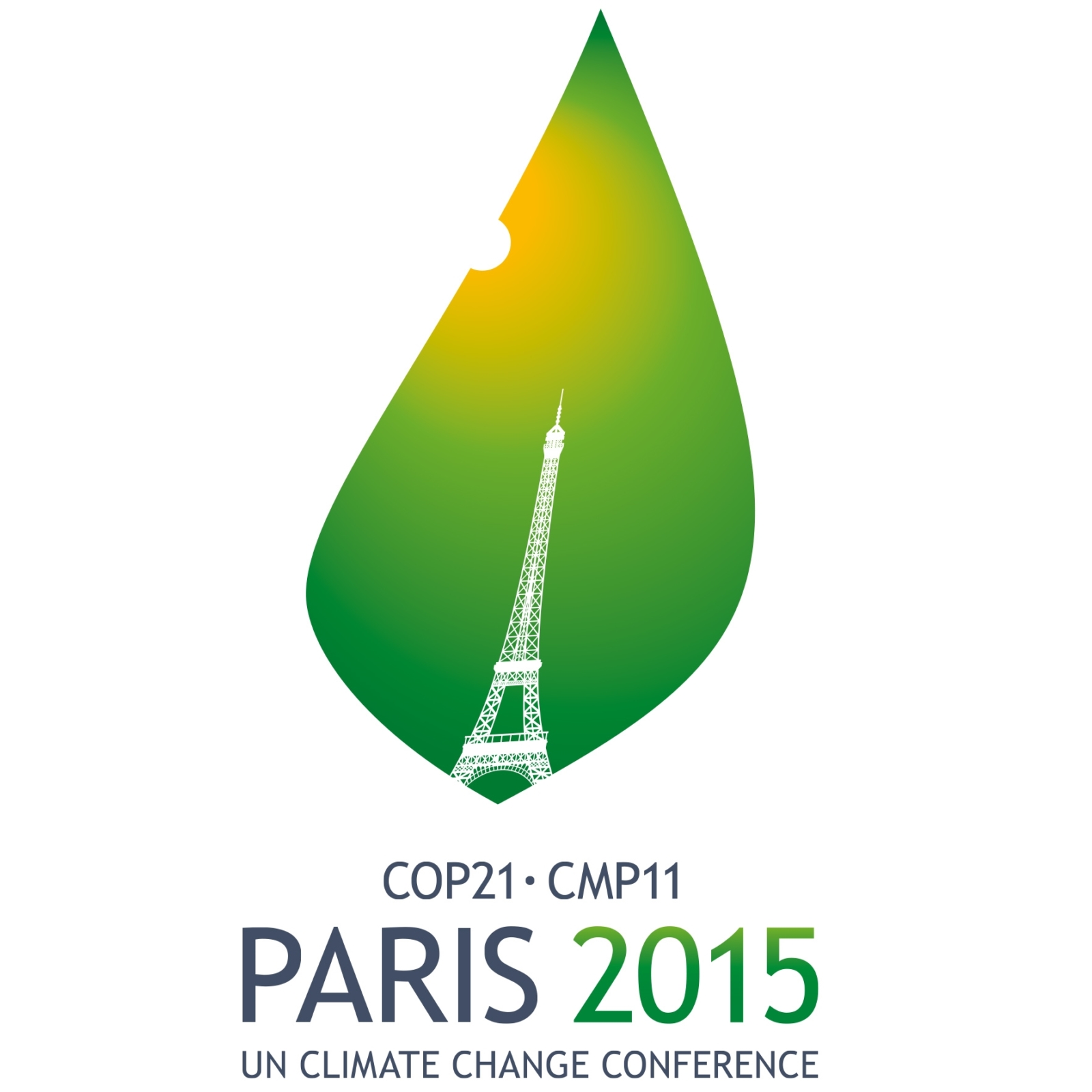From November 30th to December 11th, France will host the 21st Conference of Parties (COP21).
COP21 is a yearly conference where the 195 countries that ratified the United Nations’ Framework Convention as well as various actors from several fields discuss Climate Change mitigation actions.
Last year, COP20 took place in Lima, Peru. Its aftermath was not a success considering no significant step was taken by any of the biggest polluting countries.
The spotlight is now on Paris. The capital of France needs to come up with a deal as compelling (if not more) than the one that was decided in Kyoto back in 1997 for the global temperature to stay under +2°C. This temperature is the highest not to cross to avoid dire climate consequences, according to IPCC (Intergovernmental Panel on Climate Change).
In order to do so, a global emissions mitigation plan is being put into effect as we speak.
The development of renewables is a key factor of the Paris summit because, as the International Energy Agency (IEA) said, they are considered the main tool for mitigating the carbon emissions and for achieving the objectives regarding energy that the states agreed to reach by 2020.
As stated by the IEA, renewables and energy efficiency measures would allow a 75% reduction of global gas emissions. Among these resources, solar appears to be one of the leading factors to transition to a new energy mix.
Wind and solar are estimated to reduce by 22% the global emissions whereas nuclear energy is alleged to reduce them by only 8%.
Beyond the Paris summit, solar is said to be the best clean resource to ensure the energy needs of Mankind on the long run.
However, nowadays, the resource is still sporadic and thus unsafe for the grid; we need to bring forth solutions to beat its intermittence.
Reuniwatt, main actor of solar production forecasting, offers tools such as Soleka, its flagship product. Thanks to Soleka, solar becomes a guaranteed energy and is thus massively and securely integrated into the grid.
